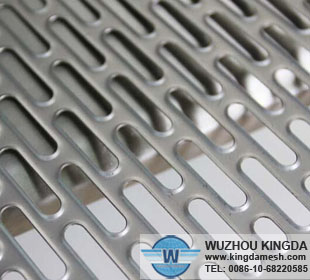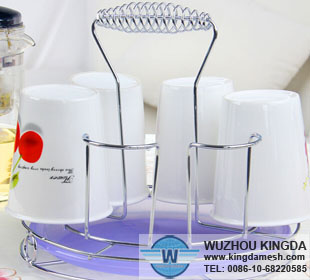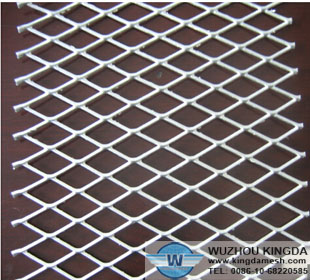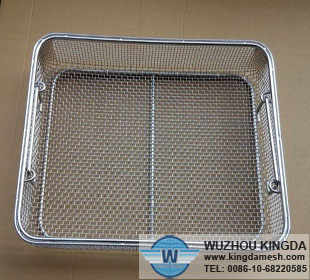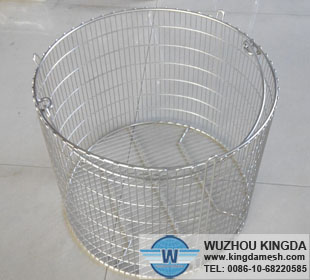Stainless steel wire mesh Materials
Stainless steel wire mesh is the most popular woven screen in the industrial world,it is well known for its corrosion resistance and strength.
Stainless steel wire mesh contains chromium and nickel in addition to steel. It is non magnetic in the annealed condition. After stainless steel has been woven , it may become slightly magnetic due to cold working.
The two basic metal types: alloy type 304 and type 316
T304 is the basic metal alloy ,and unless otherwise specified it is assumed that this type is acceptable, also to be called 18-8 due to 18% chromium and 8% nickel. T304 melts at 2600 degrees F(1430 C)but its maximum recommended temperature for continuous service is 1450 degrees F(790 C) and is used for intermediate service up to 1650 degrees F(900 C). its uses including: sorting and screening of abrasives, liquids, powders and other solids , it is the less expensive alloy but not as corrosion resistance as T316, it is the stronger of the two types.
Type 316 is a special alloys due to the addition of 2% molybdemum. This increase its resistance to corrosion by salts, acids and seawater. Also called 18-10 due to 18% chromium and 10% nickel. T316 melts at 2500 degrees F (1375 C) but it maximum recommended temperature for continuous service is 1500F(815 C) and is used for intermediate service up to 1650 degrees F(900 C) its uses including : processing of oils and foods, chemicals and pharmaceuticals
1. 302 stainless steel
Low grade stainless steel grade alloy,is extensively used in producing in China for its economical cost
2. 304 stainless steel
Most common stainless steel alloy also is widely used in wire weaving,excellent corrosion and can withstand temperatures of 1100 degrees F
3. 304L stainless steel
Similar properties as 304ss but with better welding characteristics for lower carbon content
4.310 stainless steel
Withstand high operating temperatures up to 1800 degree F for extended time periods
5.316 stainless steel
Increased resistance to chemical corrosion for the addition of Molybdenum
6.316L stainless steel
Similar properties to 316ss but lower carbon content to permit better welding
7.321 stainless steel
Has the properties of 304ss but can handle high operating temperatures for the addition of Tianmium
8. 430 stainless steel
With much higher corrosion resistance. Commonly used in the food processing industry
| AISI Grade |
Chemical Composition(%) | |||||||
| C | Si | Mn | P | S | Ni | Cr | Mo | |
| 304 | =0.08 | =1.00 | =2.00 | =0.045 | =0.030 | 8.00~10.50 | 18.00~20.00 | - |
| 304H | >0.08 | =1.00 | =2.00 | =0.045 | =0.030 | 8.00~10.50 | 18.00~20.00 | - |
| 304L | =0.030 | =1.00 | =2.00 | =0.045 | =0.030 | 9.00~13.50 | 18.00~20.00 | - |
| 316 | =0.045 | =1.00 | =2.00 | =0.045 | =0.030 | 10.00~14.00 | 10.00~18.00 | 2.00~3.00 |
| 316L | =0.030 | =1.00 | =2.00 | =0.045 | =0.030 | 12.00~15.00 | 16.00~18.00 | 2.00~3.00 |
| 430 | =0.12 | =0.75 | =1.00 | =0.040 | =0.030 | =0.60 | 16.00~18.00 | - |
| 430A | =0.06 | =0.50 | =0.50 | =0.030 | =0.50 | =0.25 | 14.00~17.00 | - |
